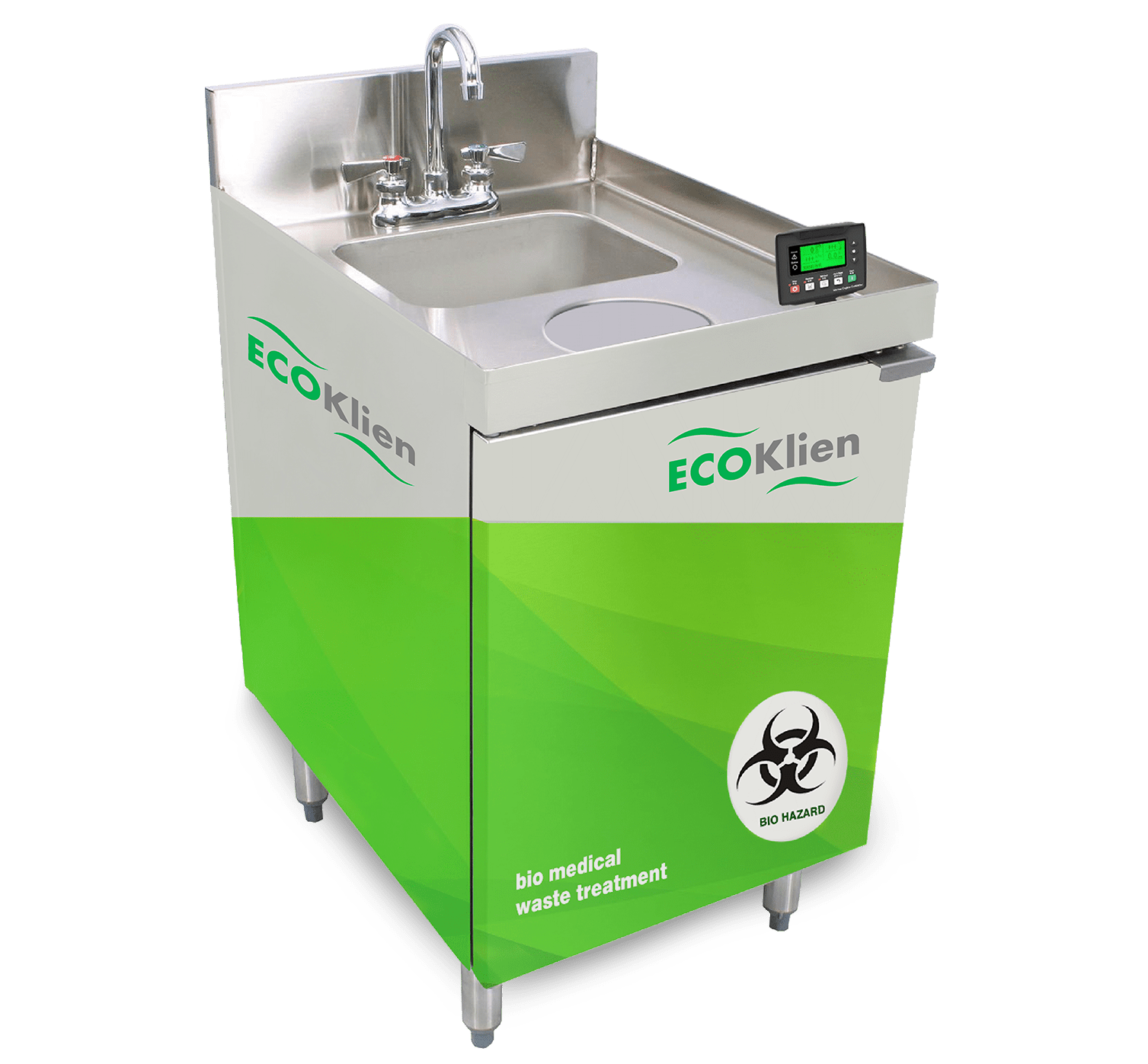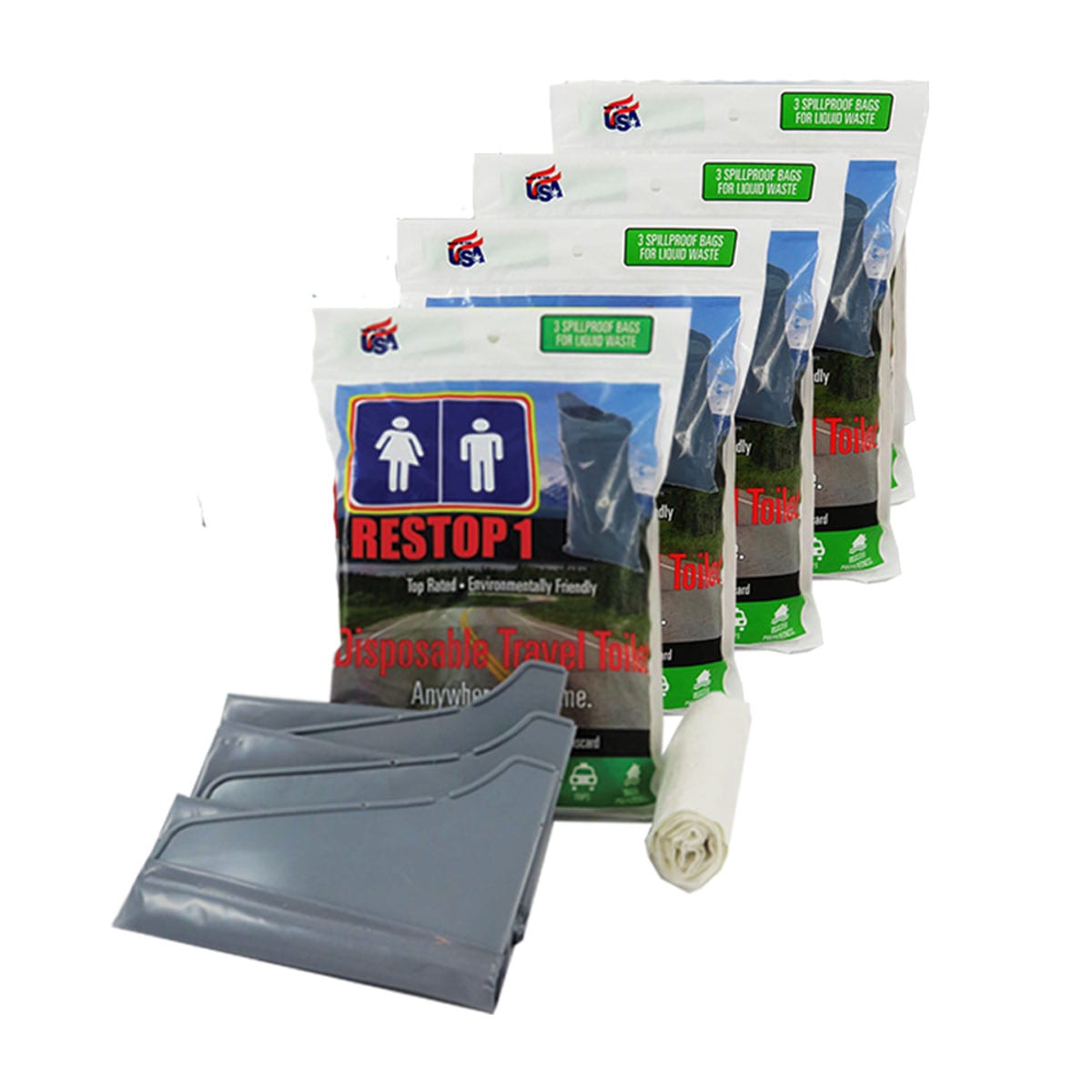How Liquid Waste Disposal Functions: A Detailed Review of Strategies and Technologies Utilized

Overview of Liquid Waste Kind
The intricacy of fluid waste kinds necessitates a complete understanding of their features and effects for disposal. Fluid waste can extensively be categorized right into a number of types, including industrial, local, farming, and contaminated materials. Each classification displays distinctive properties, needing certain administration strategies to reduce ecological and wellness threats.
Industrial fluid waste originates from manufacturing procedures and usually has an array of impurities, such as hefty steels, solvents, and natural substances. Municipal fluid waste, mostly making up wastewater from families and industrial establishments, consists of organic matter, nutrients, and virus (industrial wastewater treatment). Agricultural fluid waste, including drainage from farms, might consist of fertilizers, pesticides, and pet waste, positioning threats to water high quality and environments
Dangerous fluid waste is characterized by its poisoning, reactivity, or prospective to create injury. Understanding these varied fluid waste types is essential for creating reliable disposal methods and guaranteeing conformity with ecological regulations.
Physical Treatment Techniques

Screening is the initial action, where bigger fragments and particles are eliminated from the liquid waste utilizing displays or grates. In sedimentation tanks, heavier fragments work out at the bottom, creating a sludge layer, while the cleared up fluid can be additional dealt with.
Purification is another vital method that includes passing the liquid via porous products, such as sand or membranes, to record smaller particles. This action enhances the top quality of the liquid, making it ideal for subsequent therapy processes.

Chemical Treatment Strategies
Chemical treatment methods are crucial for effectively managing liquid waste, specifically in resolving liquified and colloidal pollutants that physical techniques may not adequately remove. These methods make use of different chemical representatives to neutralize, precipitate, or change hazardous compounds right into much less damaging kinds.
One usual technique is coagulation and flocculation, where chemicals such as alum or ferric chloride are contributed to advertise the gathering of put on hold bits. This procedure enhances sedimentation, allowing for simpler elimination of the resulting sludge. In addition, oxidation processes, employing agents like chlorine or ozone, are used to damage down complex organic compounds and virus, providing the waste safer for discharge or further treatment.
Neutralization is one more vital strategy, which readjusts the pH of my blog acidic or alkaline waste streams to neutral degrees, preventing potential damage to downstream systems and the atmosphere. In addition, advanced oxidation processes (AOPs) utilize combinations of oxidants and ultraviolet light to deteriorate consistent contaminants, attaining a higher degree of therapy efficiency.
Biological Therapy Processes
Biological therapy procedures play an important function in the management of liquid waste by utilizing microorganisms to break down organic matter and lower pollutant levels. These processes can be broadly classified right into cardio and anaerobic therapies, each using certain microbial neighborhoods to accomplish efficient waste degradation.
Aerobic treatment entails using oxygen to assist in the malfunction of organic materials by bacteria. This procedure is generally carried out in triggered sludge systems, where aeration containers supply a helpful atmosphere for microbial growth, bring about the oxidation of natural contaminants. The resultant biomass can be separated from dealt with effluent with sedimentation.
On the other hand, anaerobic treatment happens in the absence of oxygen, counting on various bacteria to damage down natural issue. This approach is specifically helpful for high-strength waste, as it generates biogas, a renewable resource source, while reducing sludge manufacturing. Technologies such as anaerobic digesters are often employed in commercial and community applications.
Both aerobic and anaerobic biological therapies not only minimize the ecological impact of fluid waste but additionally help with source recovery, making them necessary components of lasting waste management approaches. Their flexibility, efficiency, and performance sustain their prevalent execution across numerous sectors.
Arising Technologies in Disposal
Innovative methods to liquid waste disposal are quickly advancing, driven by developments in technology and a raising focus on sustainability. Among these emerging innovations, membrane layer bioreactors (MBRs) have actually gotten grip for their capability to combine biological therapy with membrane purification, resulting in high-quality effluent that can be reused in different applications. MBRs enable smaller footprints and much more effective procedures contrasted to standard systems.
One more appealing advancement is making use of anaerobic digestion incorporated with nutrient recovery technologies, which not only deals with liquid waste but also generates biogas and recuperates important nutrients like nitrogen and phosphorus. This twin advantage improves resource effectiveness and lowers environmental impact.
Additionally, advanced oxidation procedures (AOPs) are being taken on for the deterioration of intricate organic pollutants. These methods use effective oxidants and catalysts to break down impurities at the molecular degree, providing a very effective option this page for difficult waste streams.
Additionally, the integration of expert system and equipment knowing in waste management systems is optimizing operational performance and anticipating upkeep, causing decreased expenses and improved ecological conformity. These modern technologies mirror a substantial change in the direction of even more efficient and sustainable fluid waste disposal practices.
Verdict
In final thought, efficient fluid waste disposal requires an extensive understanding of numerous methods and innovations. By constantly advancing these techniques, it ends up being possible to address the expanding difficulties associated with liquid waste, eventually adding to ecological defense and resource healing.
Liquid waste disposal is an essential facet of ecological administration, needing a detailed understanding of numerous methods and technologies customized to different waste read the article types. Liquid waste can broadly be classified right into several kinds, including commercial, community, farming, and harmful waste. Agricultural liquid waste, consisting of drainage from ranches, may include fertilizers, chemicals, and animal waste, presenting dangers to water top quality and ecological communities.
Numerous physical treatment techniques play an important duty in taking care of liquid waste successfully - industrial wastewater treatment.In conclusion, reliable fluid waste disposal necessitates a detailed understanding of different strategies and technologies